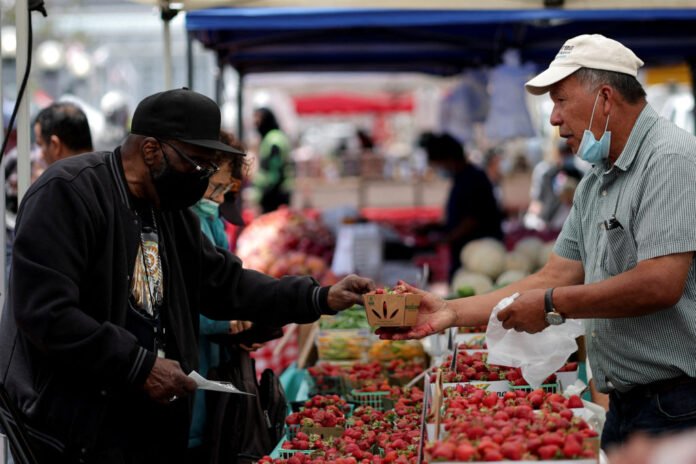As inflation continues to impact household budgets, retailers across the US are growing increasingly concerned about shifting consumer spending patterns. Rising prices on everyday essentials, coupled with economic uncertainty, have led shoppers to adopt more cautious spending habits, posing new challenges for businesses.
Consumers Cut Back Amid Inflation Pressures
The effects of inflation are becoming more evident as consumers prioritize essential goods over discretionary purchases. According to industry analysts, price-sensitive shoppers are focusing more on groceries and household necessities, while reducing spending on luxury items, electronics, and apparel. This shift in spending behavior is forcing retailers to rethink their pricing strategies and promotional efforts.
Major retailers like Walmart, Target, and Costco are closely monitoring consumer behavior, adjusting inventory levels, and offering competitive discounts to maintain sales. The high cost of living has led to a decline in impulse purchases, with shoppers increasingly seeking value-driven deals and budget-friendly alternatives.
Tariffs and Supply Chain Challenges Add to Retail Concerns
In addition to inflation, new tariffs on imported goods are further straining the retail sector. Increased costs for raw materials and transportation are being passed down to consumers, exacerbating the affordability crisis. Retail executives fear that these ongoing pressures will continue to dampen consumer confidence and spending, particularly in the latter half of 2024.
Retailers are also contending with supply chain disruptions, which have led to fluctuating prices and inventory shortages. As a result, many businesses are reevaluating their sourcing strategies, looking for ways to offset rising costs while keeping prices competitive for consumers.
Economic Uncertainty and Future Spending Trends
With the Federal Reserve maintaining a cautious approach to interest rates, many consumers remain hesitant about big-ticket purchases. Higher borrowing costs for credit cards, mortgages, and auto loans are contributing to financial strain, prompting shoppers to scale back their expenditures.
Despite these challenges, industry experts believe that retailers who focus on affordability, personalization, and digital engagement will be better positioned to navigate the evolving economic landscape. Brands that offer flexible payment options, loyalty programs, and strategic discounts are expected to retain customer interest and drive sales.
Final Thoughts
As inflation continues to shape consumer spending behavior in the US, retailers must adapt to shifting market dynamics. Understanding the needs of budget-conscious shoppers and implementing targeted pricing strategies will be critical for sustaining growth in an uncertain economic environment. While challenges persist, businesses that prioritize value and innovation will have a competitive edge in navigating the changing retail landscape.

